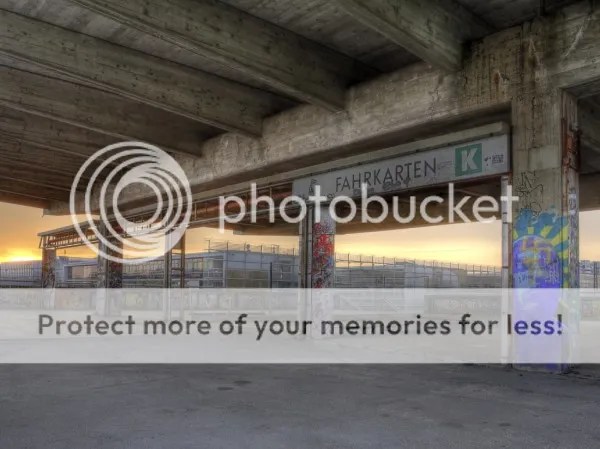
“When LIFE magazine’s Gjon Mili, a technical prodigy and lighting innovator, visited Pablo Picasso in the South of France in 1949, it was clear that the meeting of these two artists and craftsmen was bound to result in something extraordinary. Mili showed Picasso some of his photographs of ice skaters with tiny lights affixed to their skates, jumping in the dark — and the Spanish genius’s lively, ever-stirring mind began to race.
Picasso… gave Mili 15 minutes to try one experiment. He was so fascinated by the result that he posed for five sessions, projecting 30 drawings of centaurs, bulls, Greek profiles and his signature. Mili took his photographs in a darkened room, using two cameras, one for side view, another for front view. By leaving the shutters open, he caught the light streaks swirling through space.”




I’m in love with these “light drawings,” drawn by Pablo Picasso and photographed by Gjon Mili, that were recently released by LIFE Magazine. They’re amazing! The photography technique is at once simplistic and mind-blowing, and I find these images particularly magical: the way they tangibly capture the nuanced and transient movements of light, the way they translate a fleeting, flourished motion into art and illustrate Picasso’s creative genius. It’s incredible.
You can see more of Picasso’s light drawings here.































